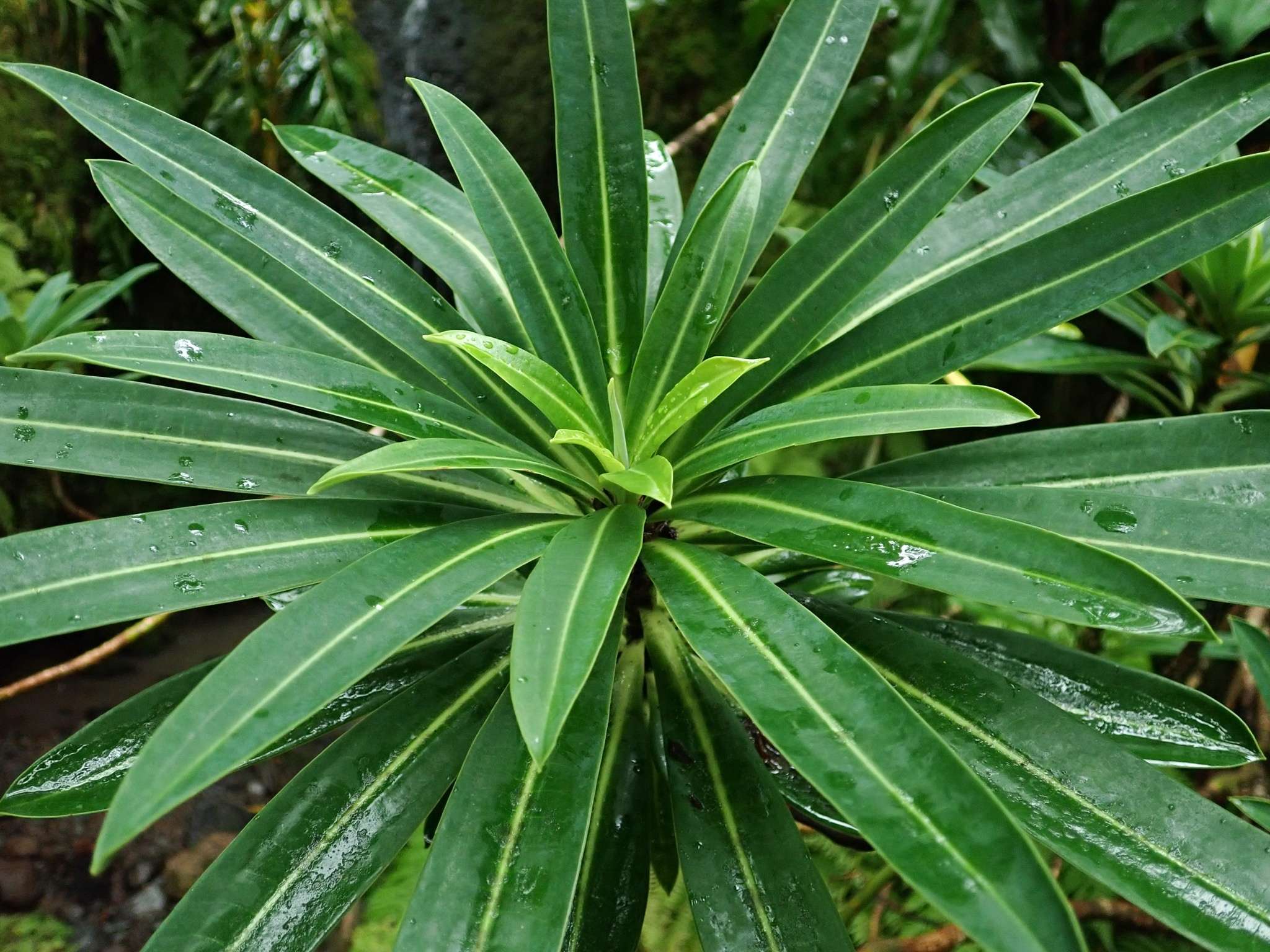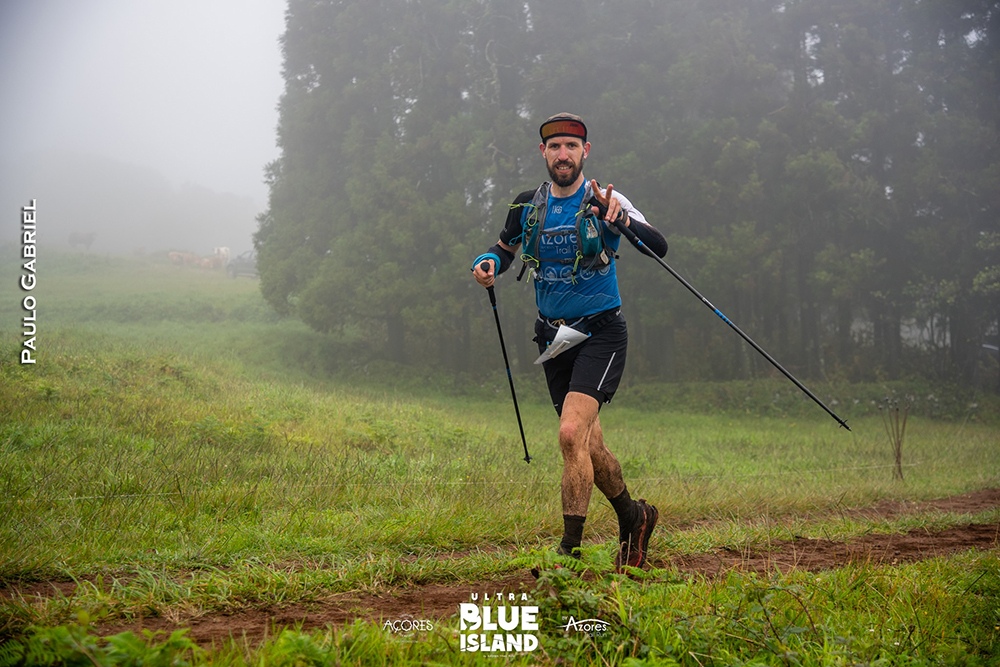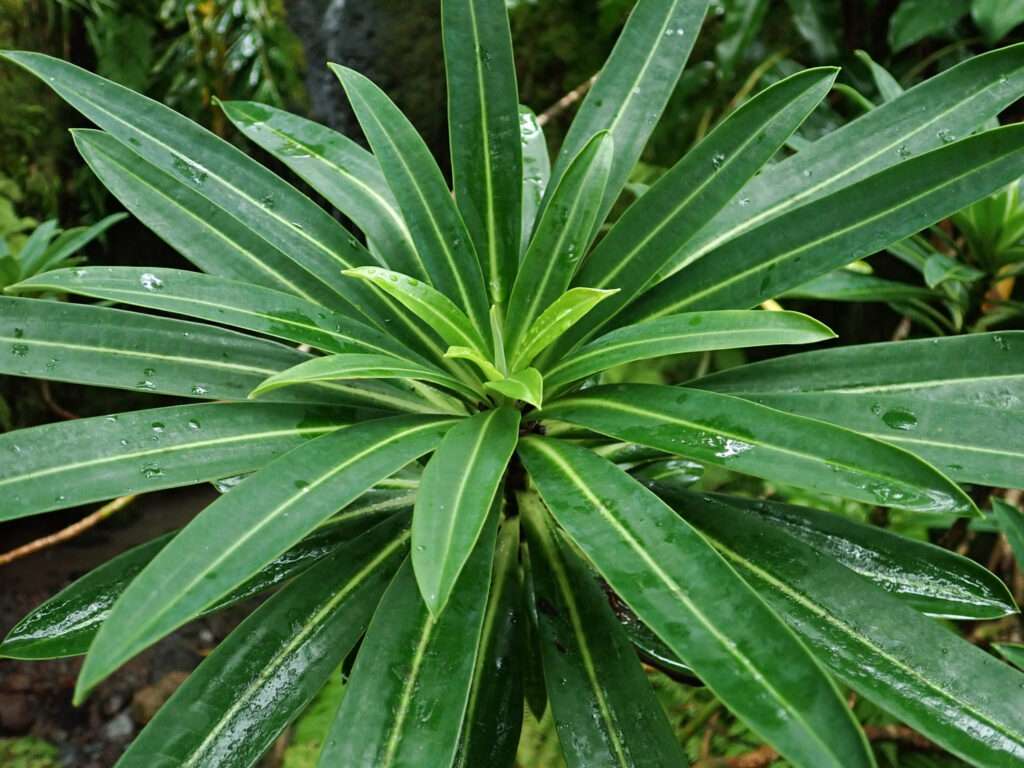
The Azores Spurge [Euphoria Stygiana] is an endemic subspecies of spurge that you can find in every island of the Azores except in Graciosa. Well spread in the laurel forests, it loves to grow with a lot of others plants surrounding it. Like all the other types of euphoria, it secretes a milky white sap to protect itself that may cause some irritation if in contact with the skin and it is toxic to eat.
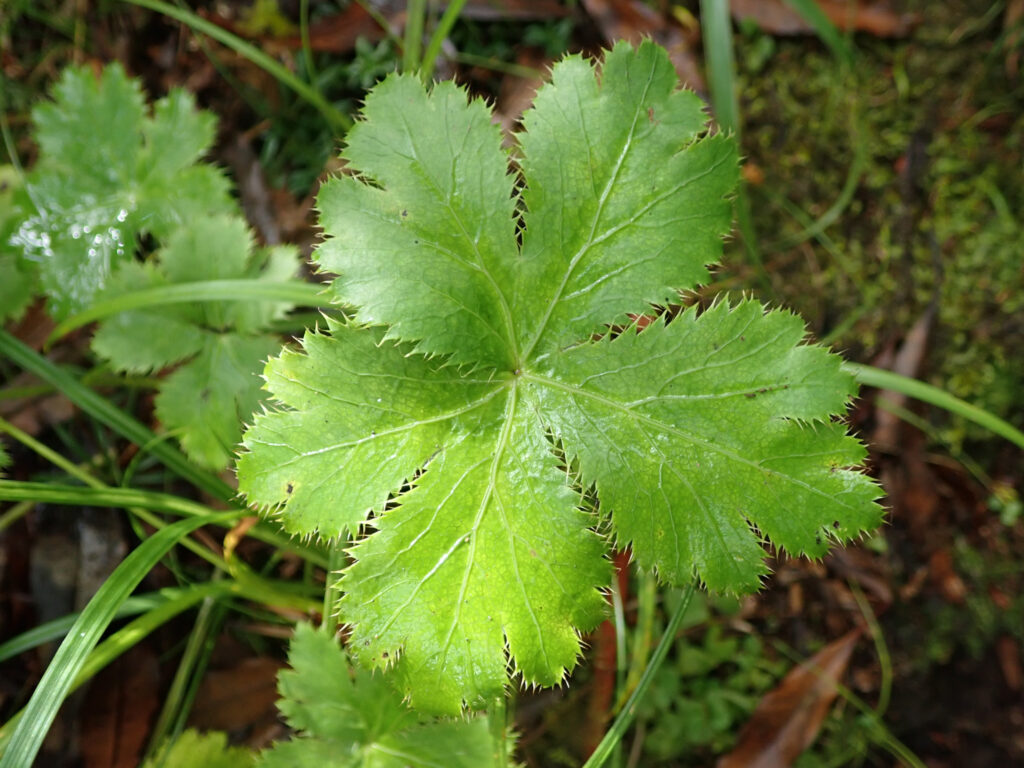
Erva do Capitão or the Azorean sanicle [sanicula azorica] is an endemic plant that you can find on six of the nine islands of the Azores – very common on Pico Island. With nice white flowers in the spring, this plant usually lives between 400 and 1000 meters of altitude, especially in the laurel forest because it loves shady and humid places. Stable since the 19th century, the species is still worth protecting because of its rarity and small number of individuals on each population.
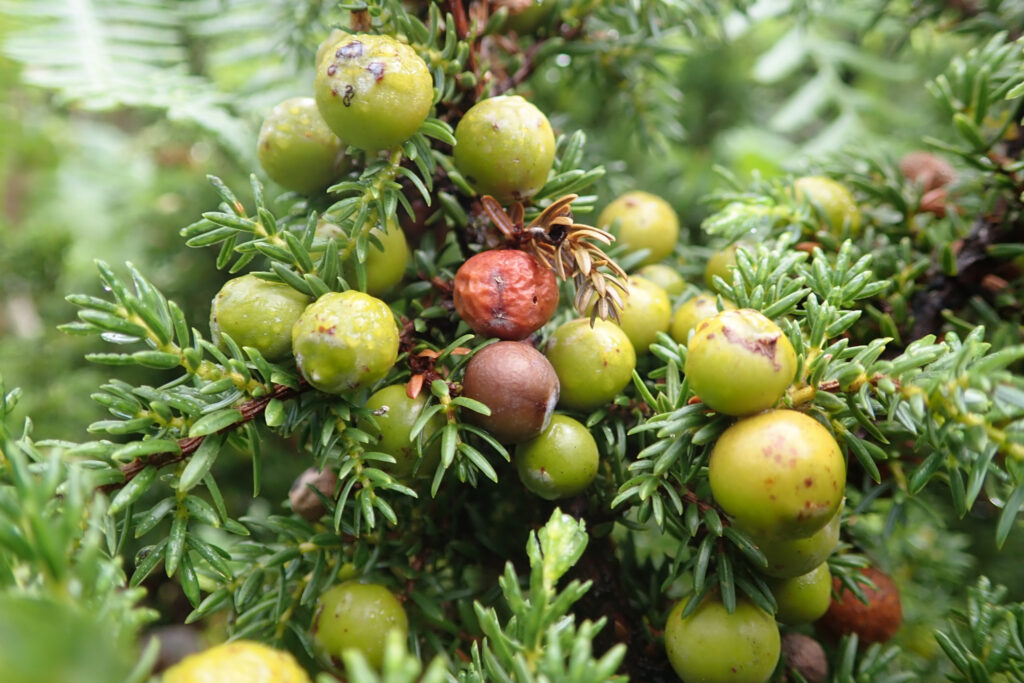
Juniper or Cedro-do-mato [Juniperus brevifolia] is a typical member of the indigenous Azorean forest. Because of its quality wood it has become continuously cut and old stands of bigger sizes are nowadays rarely seen in the archipelago. There is an urgent need to protect as much as possible this precious tree species.
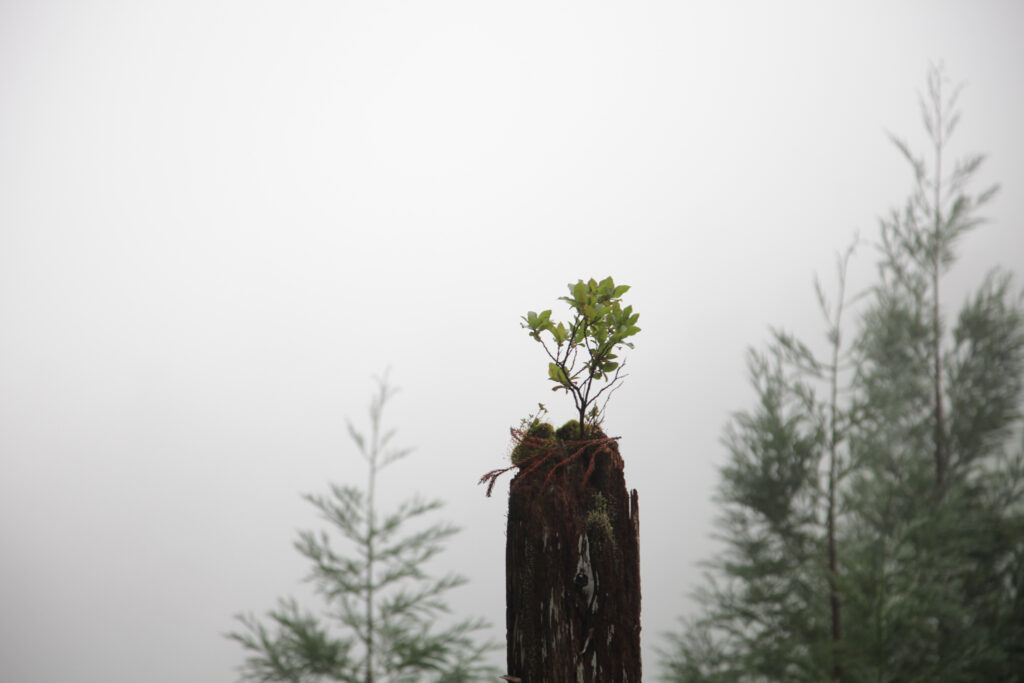
Azorean wild Blueberry [Vaccinium cylindraceum] is frequently seen on the Laurisilva forest. Its fruits are edible and veeery tasty and used to make delicious homemade jams.
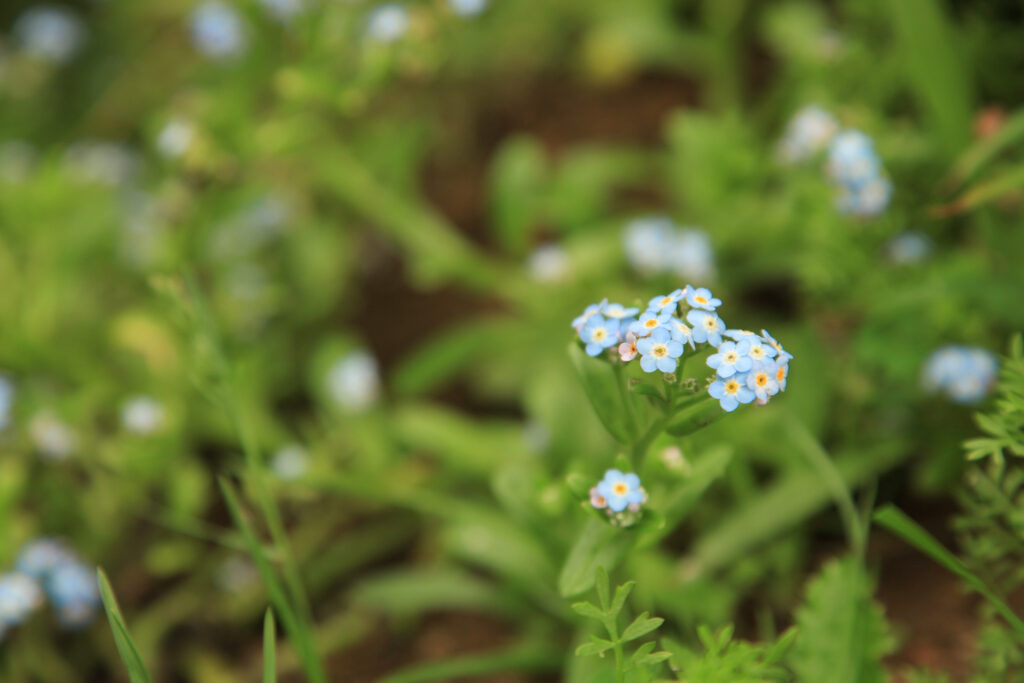
The Forget-me-not [Myosotis maritima] is an endemic flower from the Azores. You can usually come across this light-blue flower in Faial and Pico island, especially in spring and in the early weeks of summer. Never living older than two years maximum, it is probably the last myosotis species that still grows wild in the Azores. Her name come from the Greek Mythology: when Zeus created all flowers, the Myosotis screamed: Forget me not! Then Zeus decided that would become her name.
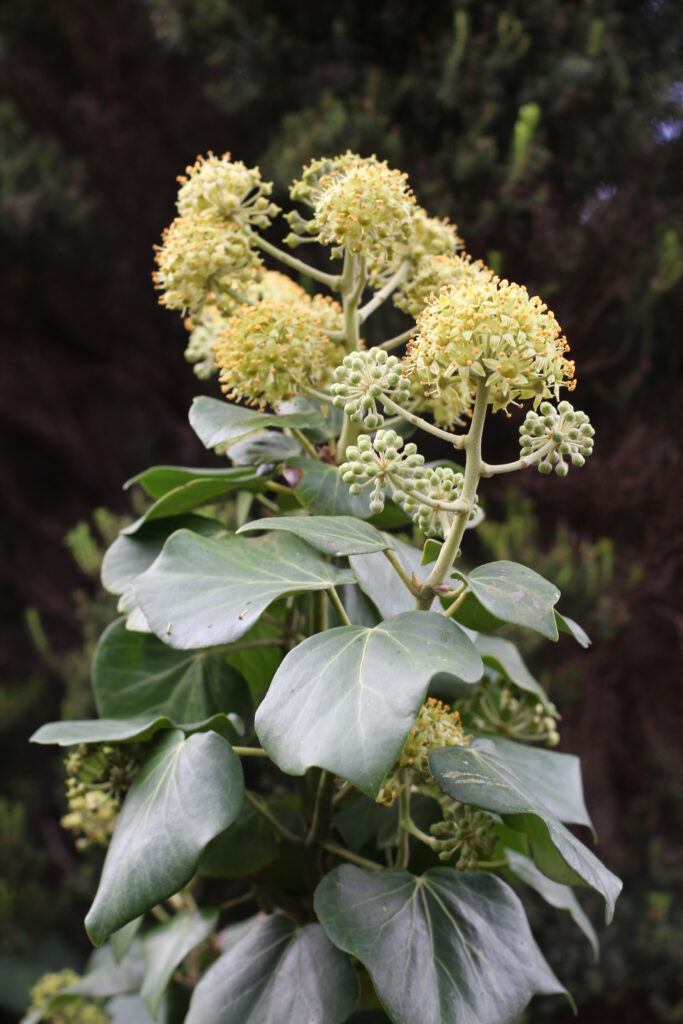
Hedera Azorica is a subspecies of Ivy, endemic of the Atlantic Islands, especially the Azores. Woody climber, this plant is widely spread in the wild, particularly in the Laurel forests of the Triangle’s Islands. The small black berries at the end of the flower are poisonous for both humans and animals. Largely known across the globe, with different subspecies, the ivy has several symbolism throughout periods and cultures.
Our island team
